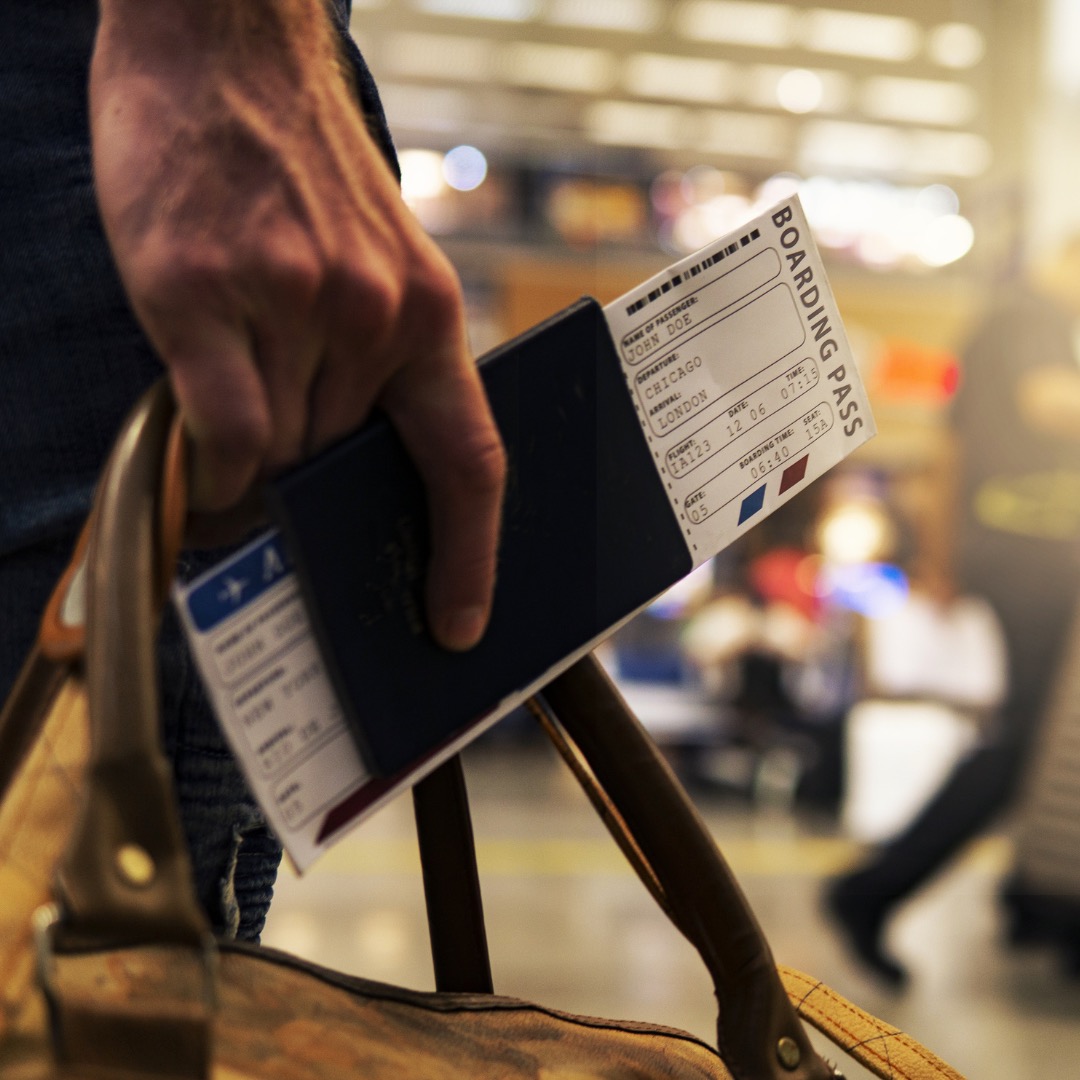The second in our two-part series on traveling with YOPD. 
Mobility is an important factor that affects how you travel. For those of us with YOPD, that means we have to dedicate more time and consideration toward how we plan to get from point A to point B.
Here are some tips to help you stay on schedule and comfortable en route.
1. Consider how you want to make the trip. Each mode of transportation offers pros and cons. For instance, even though it might take longer to arrive by train than by plane, trains allow you more freedom to move around during the journey. Be sure to consider your personal needs and decide which method of travel will be most comfortable for you.
2. Book tickets for your highest-functioning time of day. Since you’ll be moving around quite a bit and traveling can be a stressful experience, it’s best to try to time the busiest parts of your trip for a time when you know your body will be at its best.
3. Give yourself plenty of time. If you need to catch a connecting flight or check into your hotel by a certain time, be sure to allow more time than you think you need between each leg of the trip. That way, if you’re moving slower than normal or run into delays, you can ensure you keep stress levels to a minimum.
4. Don’t be ashamed to use accommodations. That’s what they’re there for! If being escorted to your gate via wheelchair or boarding the plane early will make things easier, do it! You might even get the first pick of overhead bin storage!
5. Carry a cane or a walking stick. Seriously — hear us out. Travel is stressful by nature, which can impact your physical function. Having something you can lean on and use for support is never a bad idea. It also signals to other travelers that you need space, preventing you from getting caught up in crowds.
6. Build mobility breaks into your travel itinerary. If you’re taking a road trip, map out where and how often to stop, so you can get out of the car and walk around. If you’re limited to an airplane cabin or a train car, consider doing seat stretches and walking up and down the aisle when you can to keep your muscles limber and reduce cramping.

